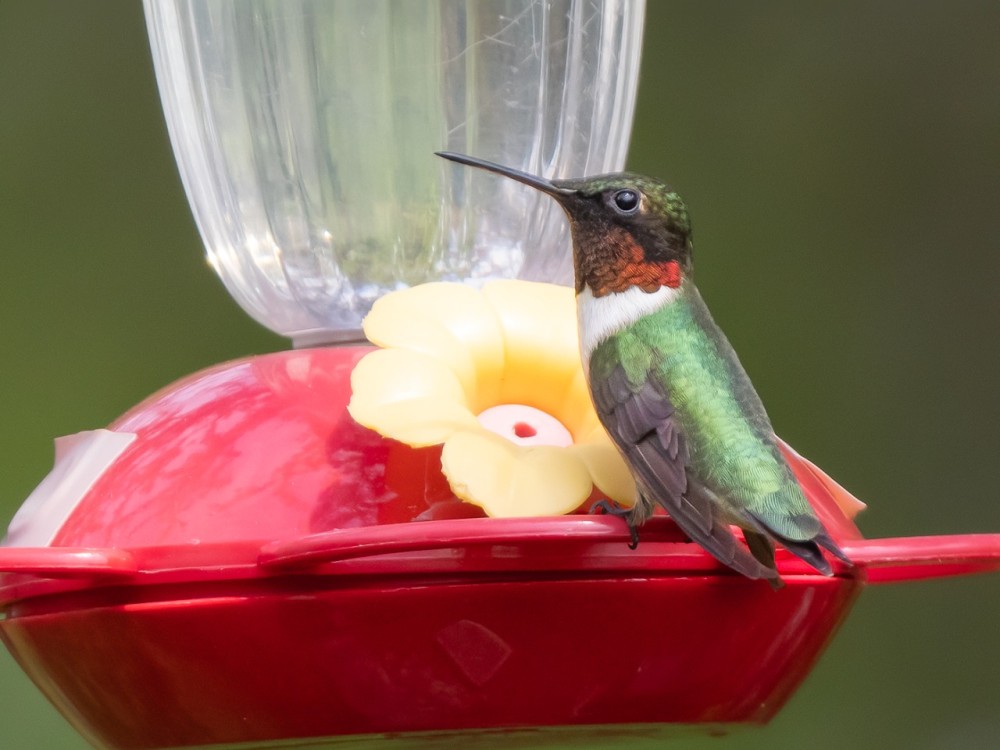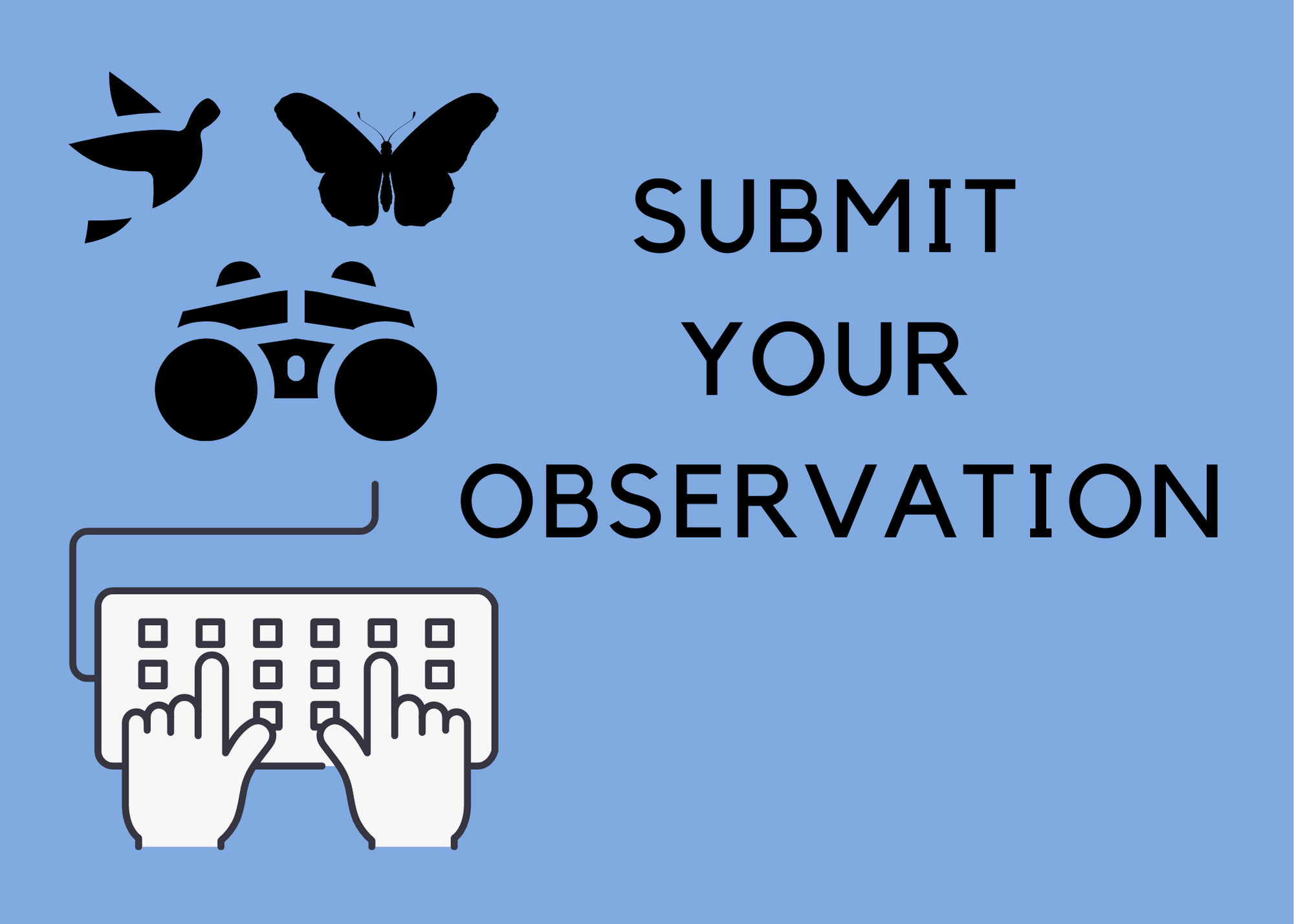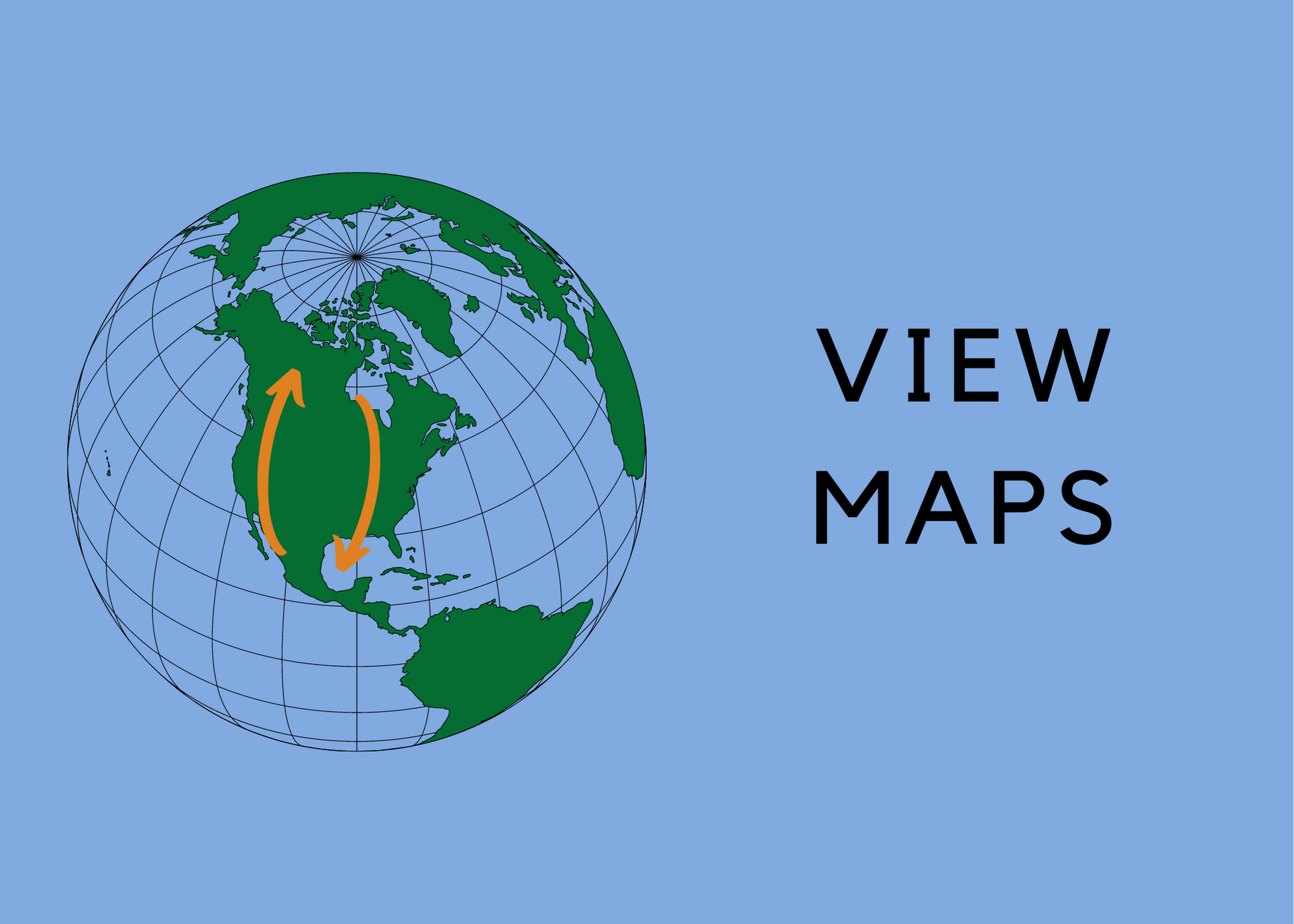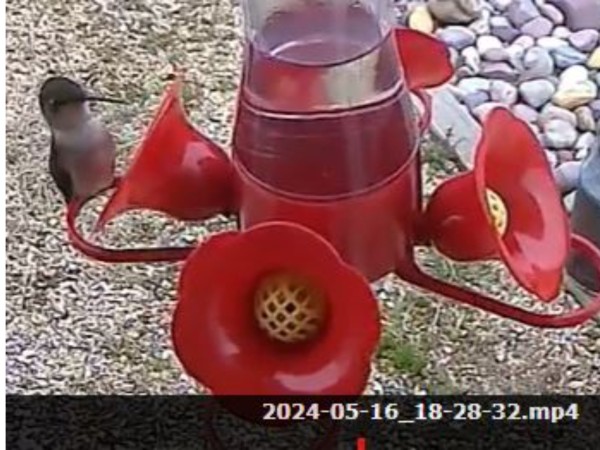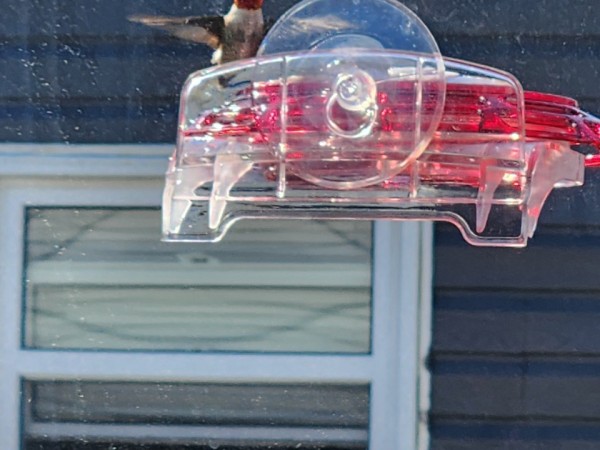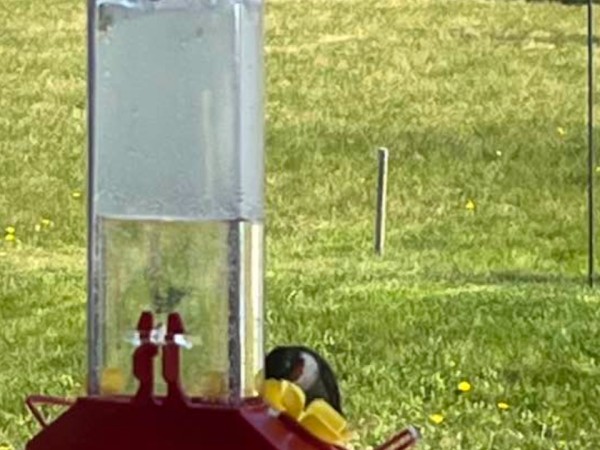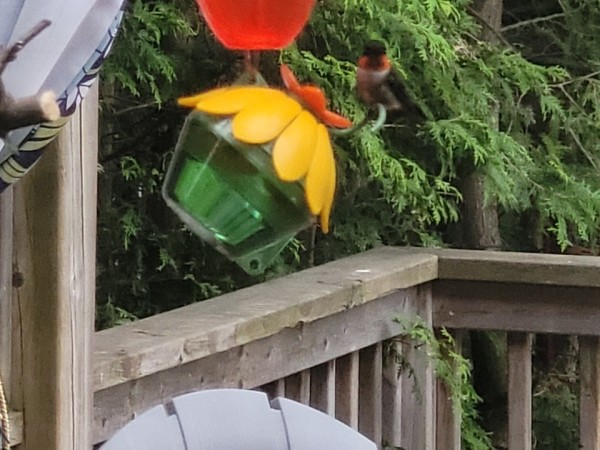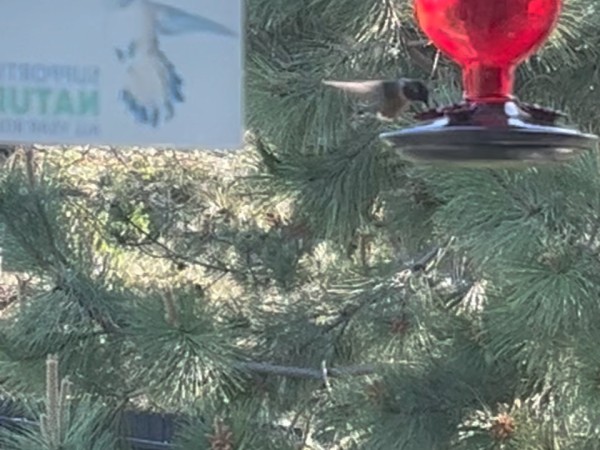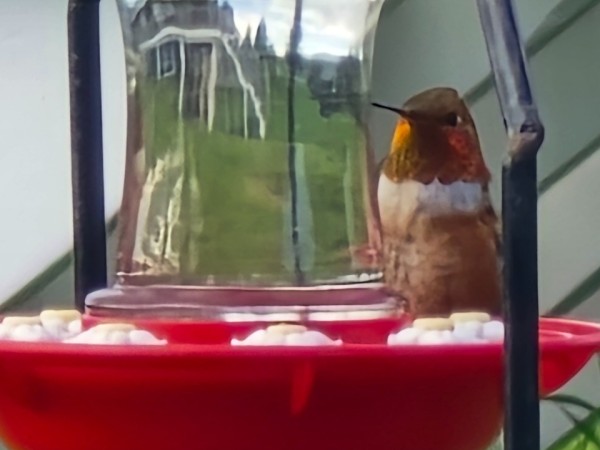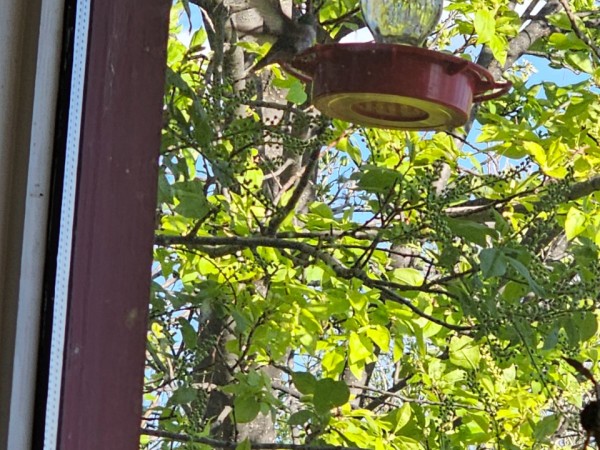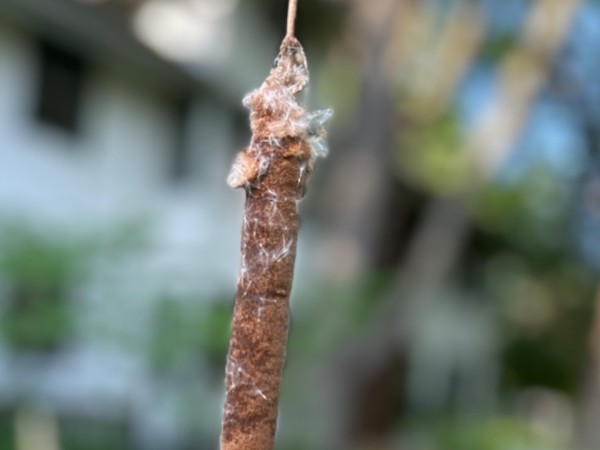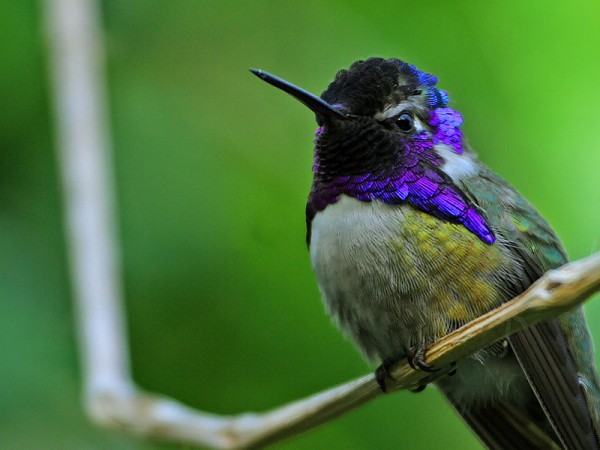Ruby-throats start to reach northern extent of range
They’re here, Nova Scotia and Alberta! Summer is right around the corner, and that means hummingbirds have begun reaching the northernmost stretches of their range.
The farthest north hummingbird sighting came from Rhonda in Muriel Lake, Alberta on May 15, with Lorna in Parkland Beach, Alberta providing a photo of one at a feeder on May 14.
Northeastern updates
Since our last update on May 9, Nova Scotia and Prince Edward Island have also been graced with the presence of these summer favorites.
On May 15, Allana submitted a photo from Coxheath, Nova Scotia, writing, “1st hummer of the year. Soooooo excited!!!!!”
Michele in Stratford, Prince Edward Island wrote on May 15, “welcome back… I have been waiting patiently for 10 days,” noting that last year’s hummers arrived on May 16.
In Fredericton, New Brunswick, Cloe submitted a photo of one of two males on May 18, writing, “I managed to get a photo of one male at a feeder before another male swooped it and they took off fighting.”
Northern Maine and northwestern New Brunswick are two of the last few holdouts where we are yet to receive reports, though reports were received from Madeleine in Grève-D'Amours, Quebec on May 11 and Stan in Boom Road, New Brunswick on May 7. If you’re in those areas and seeing hummingbirds, report the first day you spotted them to Journey North by clicking here.
Still on the move
If you’re not seeing hummingbirds yet in your location, it’s only a matter of time. Hummingbirds are still on the move.
Susan in Winner, South Dakota, the south-central part of the state, spotted a brief visitor on May 18. South Dakota is primarily a flyway for hummingbirds on their annual migrations, with hummingbirds typically just passing through.
Susan wrote, “One male ...just for an evening and the following morning/ frequent visits but then weather arrived and I did not see him again as of today (Tuesday May 21). Saw only one female (who lingered here a long time) last fall..so on the outer edges it seems of their migration pattern but some years are better than others.”
This sighting forms the western edge of the mass of U.S. ruby-throated hummingbird sightings that have come in from across the Midwest and East.
Rufous hummingbirds move into Alberta, Montana
Since our last update, there has been exciting movement into the eastern stretches of the rufous hummingbird’s range.
LouAnne in Polson, Montana caught a great shot of a rufous male sitting on a feeder on May 16, writing, “First rufous hummingbird at feeder. Apple tree nearby is blossomed out.”
North of the border, in North, Alberta, Nancy reported a female rufous on May 11 for a “quick drink at feeder and then gone.”
Other species
Of course, these are not the only species of hummingbirds in North America. Western observers have reported broad-tailed, calliope and black-chinned hummingbird sightings over the past few weeks as well.
Rebecca in Laramie, Wyoming wrote on May 22, “Female Broadtail Hummingbird showed up at my feeder around 5 pm. She came back every 15 to 20 minutes to feed until dark. I think that she is the same female that has been coming to my yard to feed and nest for the last 4 years.”
The broad-tailed hummingbird has a spotty range across the interior West in mountain meadows and open spaces near western forests, reaching its northernmost stretches at Montana’s southern border.
Dorothy in Emigrant, Montana reported a male calliope hummingbird on May 21, while volunteers on either side of the Oregon-Idaho border reported black-chinned hummingbirds on May 11, with Sharon in Vale, Oregon and Susie in Middleton, Idaho sharing their observations.
Keep those reports coming
If you haven’t yet seen your first hummingbird, that doesn’t mean they’ve all passed you by. Keep those feeders out and keep your eyes peeled while walking through areas with lots of insects or plants to feed from. When you see your first hummingbird of the year, click here to report it to Journey North.
And if you’re feeling a little bit left out with your friends, neighbors or other Journey North participants seeing hummingbirds in their yards, it’s never too early to start thinking about what to plant next year!
While feeders are great, the best thing you can do to give yourself a chance to get hummingbirds to stop in your yard is to create a yard full of native plants, which will help provide both nectar and insects for hummingbirds to eat. To learn more about nectar-rich plants to consider for your yard, click here.
Journey North also accepts reports of other hummingbirds nectaring from flowers or other observations, like from Mary in Minneapolis, Minnesota, who reported the following on May 20:
“A female hummingbird gathered a beak full of cattail fluff from one of the stalks that I stuck into windowboxes and flowerpots around my yard. I always collect cattails during the winter and put them out for the hummingbirds and goldfinches. Unfortunately I couldn't capture a picture of her, but it was very sweet!”
Thank you for all of your contributions to Journey North!

